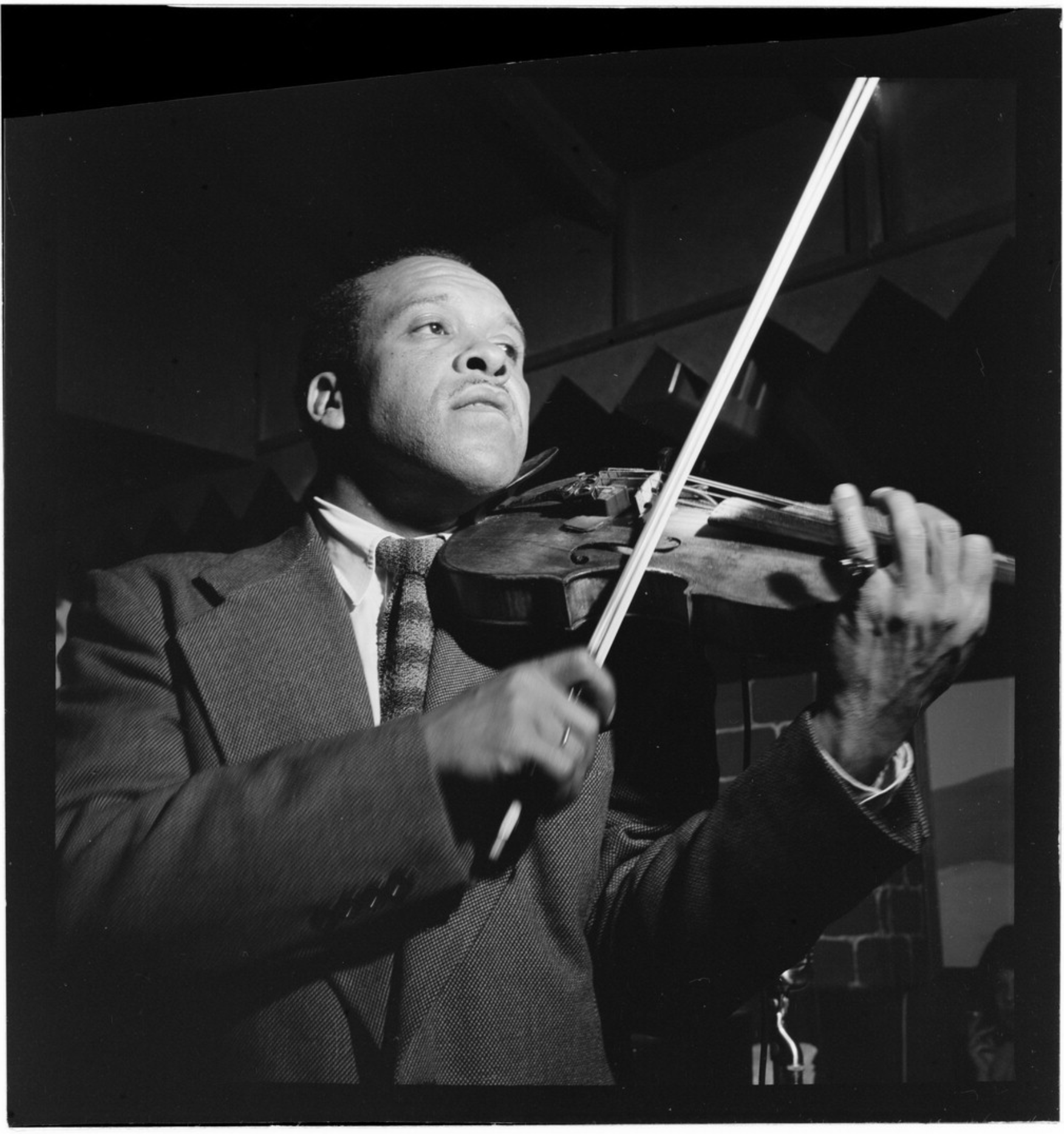
Celebrate Jazz Appreciation Month In Your Orchestra
In 2001 the Smithsonian Museum of American History created Jazz Appreciation month to celebrate the deep history of jazz during the month of April.
While many of the most influential jazz musicians were woodwind and brass players, pianists, or rhythm section players there have been many important string players throughout the history of jazz.
Jazz Strings
Beginning in the 20th century, there were several jazz violinists who left their mark on the music. Let's highlight a few.
Stuff Smith was an influential swing and bebop jazz violinist who performed with masters like Oscar Peterson and Dizzy Gillespie. Born in Portsmouth, Ohio in 1909 he is one of the top jazz violinists for the 20th century. Listen to Stuff’s classic recording, “Cat On A Hot Fiddle.”
Joe Venuti, a Philadelphia native, was influential in the development of jazz fiddling. He often collaborated with guitarist Eddie Lang. Check out “Black and Blue Bottom” for some Eddie Lang and Joe Venuti.
Jean Luc Ponty, born in 1942, is an important jazz violinists who played with Frank Zappa as well as the Mahavishnu Orchestra and eventually moved on to leading his own band and fusing electric violin with rock, jazz, and funk.

"Stuff" Smith
For more jazz violinists, check out:
- Stephane Grappelli
- Eddie South
- Regina Carter
- Scott Tixier
- Christian Howe
- Darol Anger
With Strings
There are also iconic albums that featured jazz musicians supported by the backdrop of an orchestra.
Take for example, the bebop inventor Charlie Parker’s classic record - Charlie Parker with Strings. For another album with strings, check out Clifford Brown with Strings which features the bebop master Clifford Brown and the string arrangements of Neil Hefti. Antonio Carlos Jobim also featured lush strings against the rhythmic pulse of bossa nova.
There are also several prominent jazz string quartets like the Turtle Island String Quartet, formed in 1985, that performs a hybrid of jazz, classical, and rock. The Atom String Quartet, formed in 2o10 in Poland, also combine improvisation with classical and world music elements.
Jazz Bassists (Who Also Introduced The Cello)
There are also countless jazz bassists throughout the development of jazz that have been featured as prominent soloists.
Paul Chambers was a master arco player. Slam Stewart was also known for his arco technique and ability to sing his solo lines. Oscar Pettiford was one of the foremost bebop bass players who was also a pioneer of the cello in jazz. Other master bassists like Ray Brown, Ron Carter, Sam Jones, and Percy Heath all experimented with the cello in jazz as well. Of course, the list could go on and on and include past and present double bass masters.
Conclusion
There is a rich history of strings throughout jazz history.
So, as we move through the month of April, consider exposing your orchestra students to some jazz string players to inspire them and expand their minds!
Want A Resource To Introduce Your Students To Jazz?
Check out this lesson I created for any music classroom.
I created the Music Styles - Jazz Lesson to introduce my middle school students to the rich history of jazz.
This lesson focuses on introducing students to the unique styles within jazz, the instruments, jazz history and important figures, and the musical characteristics of jazz.
I've used this lesson every year in my Music Appreciation and orchestra classrooms.
So, celebrate Jazz Appreciation Month this year in your ensemble or classroom.
